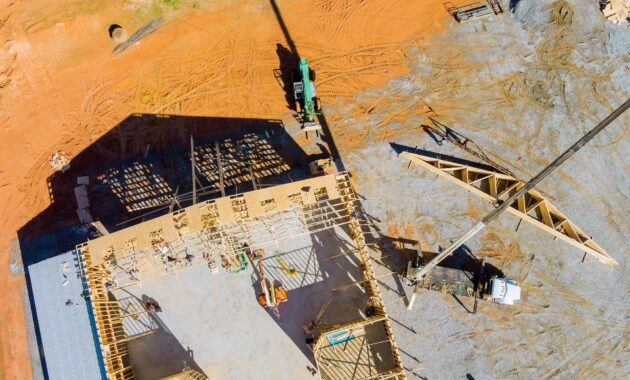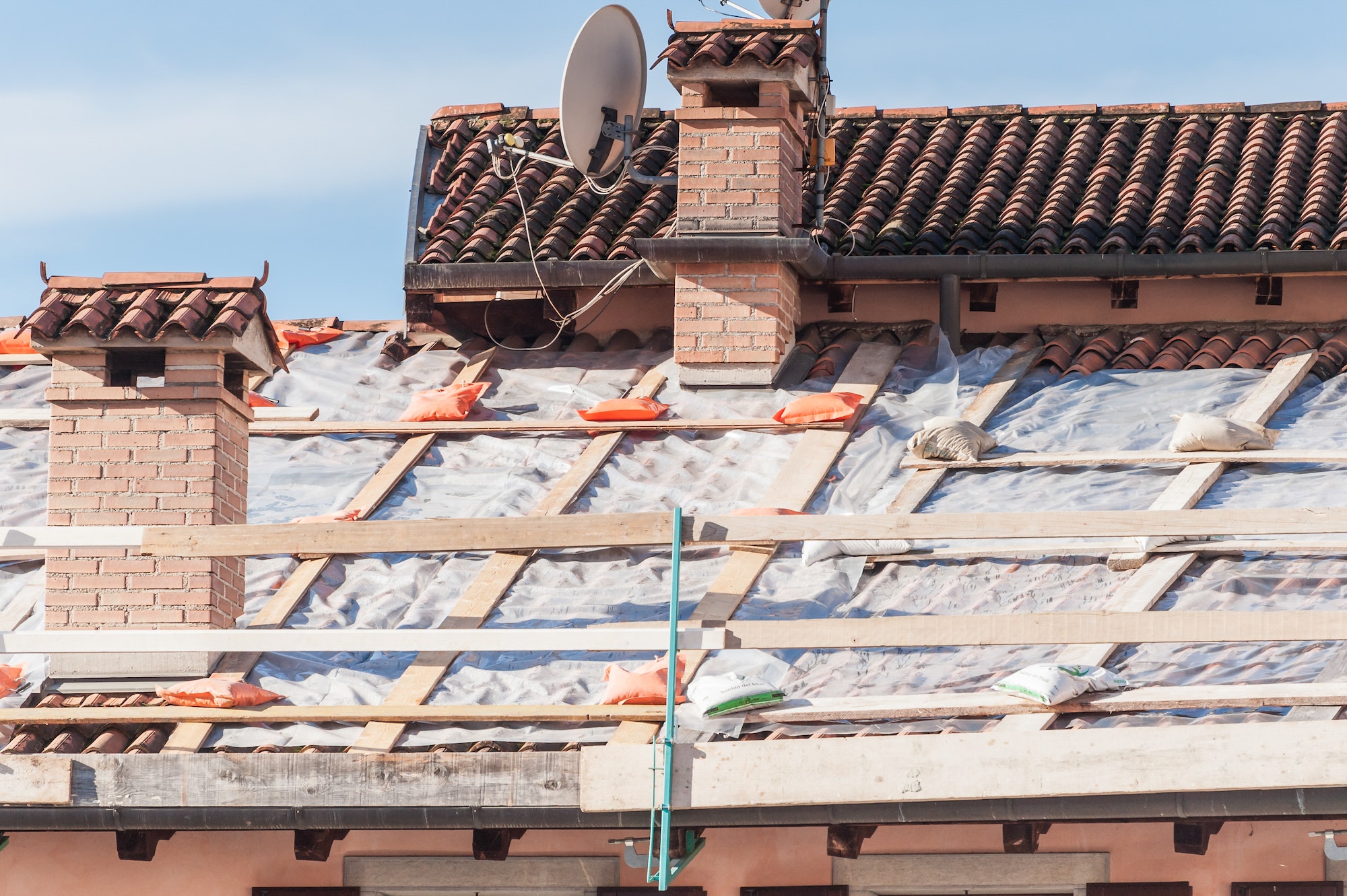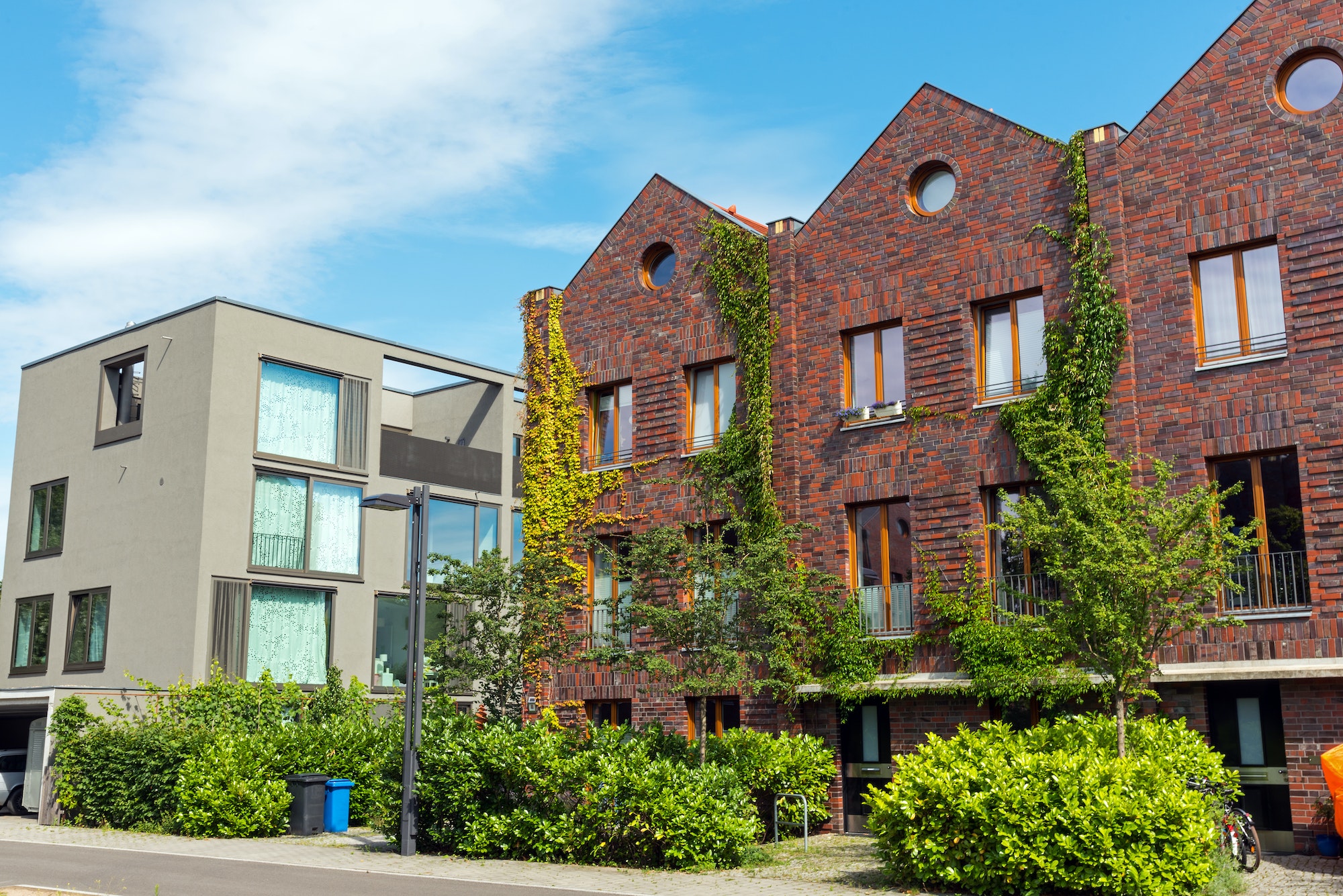A well-maintained roof is a cornerstone of a secure and comfortable home. It shields us from the elements, keeps us dry, and provides a sense of security. However, over time, roofs can develop problems that, if left unattended, can lead to more significant issues. In this article, we’ll explore six common roofing problems and provide guidance on how to address them effectively.
1. Missing or Damaged Shingles
Missing or damaged shingles are one of the most prevalent roofing issues homeowners encounter. The culprits? Harsh weather conditions, the passage of time, and subpar installation practices. These issues might seem minor, but they can lead to more significant problems like leaks and water infiltration.
Identifying missing or damaged shingles is relatively straightforward. Look for uneven areas on your roof or sections where shingles are visibly cracked, curled, or completely absent. When dealing with this issue, it’s crucial to address it promptly to prevent further water damage and potential mold growth.
A quick fix is to replace the damaged shingles by gently lifting the edges of the shingle above the damaged one and removing the nails using a pry bar. Carefully slide the new shingle into place and secure it with nails. Be sure to seal the edges with roofing cement to prevent water from seeping in.
2. Leaks and Water Damage
Leaking roofs can wreak havoc on a home’s interior, causing water stains, structural damage, and mold growth. Leaks can stem from various sources, including damaged flashing, clogged gutters, and cracked roof vents. Ignoring these leaks can result in costly repairs down the line.
To identify the source of a leak, start by inspecting your attic during a rainy day. Look for water stains, damp spots, or active dripping. Outside, examine your roof for damaged or missing flashing and clear your gutters and downspouts regularly to ensure proper drainage.
Depending on the source of the leak, solutions can range from replacing damaged flashing to patching small holes in the roofing material. Ensure that all repairs are sealed properly to prevent water from seeping in.
3. Roof Ventilation Issues
Proper roof ventilation is essential for maintaining a healthy roof and preventing moisture-related problems such as mold and rot. Common ventilation issues include blocked vents and insufficient airflow, both of which can compromise the overall integrity of the roof.
Blocked roof vents can be cleared of debris like leaves and branches, while inadequate airflow might necessitate the installation of additional ventilation solutions like ridge vents or soffit vents.
Regularly inspect and clean your existing roof vents to ensure proper airflow. For commercial roofs, consider consulting commercial roofing services to determine whether additional ventilation is needed. Experienced roofing professionals can provide long-term solutions and advise on the best course of action for addressing residential or commercial roof vent issues.
4. Ice Dams and Snow Buildup
In colder climates, ice dams and snow buildup can pose a significant threat to your roof’s integrity. Ice dams occur when snow melts and refreezes at the eaves, causing water to back up under the shingles. This can lead to leaks and shingle damage.
Prevent ice dams by improving insulation in your attic and ensuring proper ventilation. Additionally, removing accumulated snow from your roof can prevent undue strain on its structure.
Use a roof rake to gently remove snow from your roof, being careful not to damage the shingles. You can also consider installing heating cables along the eaves to prevent ice dams from forming.
5. Sagging Roof
A sagging roof is a serious concern that can result from a variety of factors, including age, poor construction, and structural issues. A sagging roof compromises the overall stability of your home and can lead to water pooling and increased vulnerability to weather damage.
While minor sagging might have DIY solutions, it’s crucial to consult a professional if you suspect significant structural issues.
If the sagging is minor, you can reinforce the affected area with additional support beams. However, for more significant sagging problems, enlist the help of a professional roofing contractor or structural engineer.
6. Hail Damage and Impact
Hailstorms can wreak havoc on your roof, causing dents, cracks, and missing granules on shingles. The result? Compromised protection, potential leaks, and accelerated wear and tear.
After a hailstorm, inspect your roof for signs of damage. Look for dented or cracked shingles and check your gutters for an excess accumulation of granules, which can indicate shingle damage.
If you notice hail damage, contact a professional roofing contractor to assess the extent of the damage. They can recommend whether repairs or replacements are necessary to ensure your roof’s continued protection.

Addressing common roofing problems promptly is essential to maintain the structural integrity of your home and prevent more extensive damage and costly repairs. Regular inspections, maintenance, and seeking professional help when needed can extend the lifespan of your roof and keep your home safe and comfortable for years to come.
Discover more from Futurist Architecture
Subscribe to get the latest posts sent to your email.




